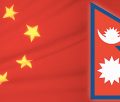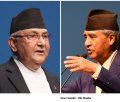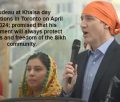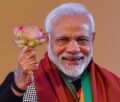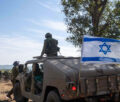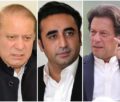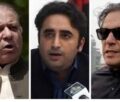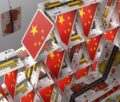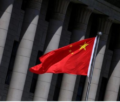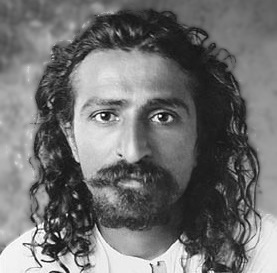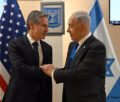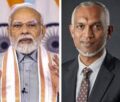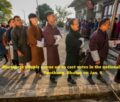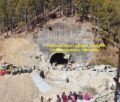Name Change Politics in India
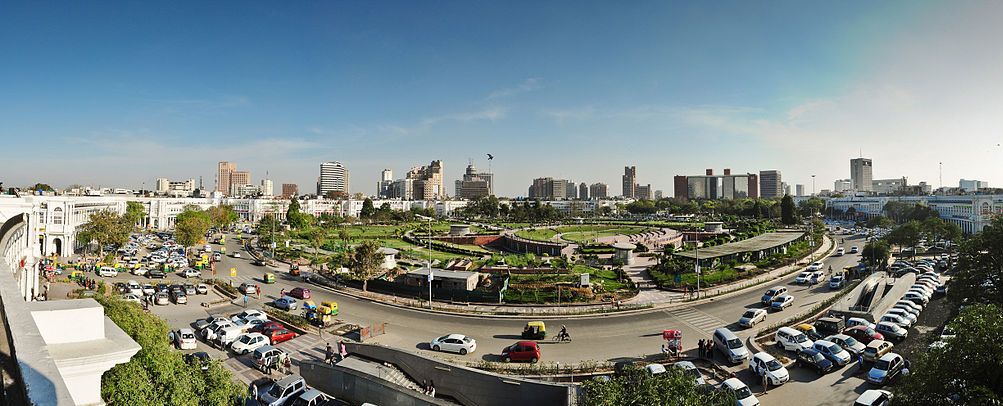
By Atul Cowshish & M Rama Rao
New Delhi (Syndicate Features): As chief minister of Uttar Pradesh, the Bahujan Samaj Party supremo Mayawati had gone on an unprecedented spree to rename towns, cities, public places and institutions and justified it in the name of honouring the ‘forgotten’ Dalit icons of India. She changed names of many districts and built imposing monuments and extravagant parks and named them after her mentor, Kanshi Ram. Life-size stone statutes of elephants surrounded these parks which had giant-size statues of not only Kanshi Ram’s but hers also—quite an unusual thing.
The Samajwadi Party government that has taken over the administration of the state from BSP has now decided to restore the original names of the districts. This has been criticised in some quarters because it allegedly amounts to ‘insulting’ the Dalit icons Mayawati had chosen to commemorate and honour. It also suggests that names will keep changing with the regimes that rule the state.
The criticism appears to be unwarranted because the new government in Lucknow Sachivalaya is actually restoring the original names of the districts. Many residents of these districts who had no quarrel with the idea of honouring any icon, Dalit or non-Dalit, had opposed Mayawati’s decision when the names were first changed by her.
Interestingly, most of the new names chosen by Mayawati for the districts did not belong to Dalit icons from Uttar Pradesh but to other states like Maharashtra. That decision in itself may not be faulted but surely it would have been better if the names had belonged to ‘icons’, who had lived and worked within the state.
If her drive was confined to the idea of commemorating and immortalising the memory of ‘forgotten’ Dalit icons it might not have attracted the extent of criticism that it did. More so since there is a strong belief in the country that in honouring the memory of famous Indians we have not cared much about anyone else other than the father of the nation, Mahatma Gandhi, and the Nehru-Gandhi family.
Mayawati faced controversy because she was suspected to be playing politics when she went on a ‘naming spree’. It also betrayed her disregard for history and heritage. There is a lot of history going back to antiquity behind the names of most cities and towns in India. Many of these names are traced to pre-recorded history. Naming a city after a person was not uncommon, but other considerations appeared to have mattered more in her naming spree.
The new names that Maywati gave to the districts were: Mahamaya Nagar, Panchsheel Nagar, Jyotiba Phule Nagar, Kanshi Ram Nagar, Prabudh Nagar, Bhim Nagar, Ramabai Nagar and Chatrapti Sahuji Maharaj Nagar. In the process, she obliterated the centuries-old names like Hathras, Hapur, Amroha, Shamli, Bahjoi and Amethi.
Chatrapati Sahuji Maharaj Nagar was carved in 2010 out of tehsils in the districts of Sultanpur and Rae Bareli and the Amethi parliamentary constituency. This was interpreted as her ploy to diminish the hold of the Nehru-Gandhi family in the Amethi parliamentary constituency.
The etymology of the names of cities and towns is often a fascinating story. In fact, interesting stories and myths lie behind the names of lanes and by-lanes in almost every urban dwelling in India. These ancient names have been retained because the residents so desire even when the original reason behind choosing the name of a lane may no longer be valid. The Paranthewali Gali in the old Delhi has today just a couple of shops selling ‘Paranthas’, but the name stays.
The demand for renaming places was raised after India broke free of the British yoke in 1947. More than the government of the day it was the Opposition parties that led the move with agitations. A newly independent and sovereign nation, created by the sacrifice of millions of its people who fought for independence, could not be seen to be sticking to the memories of its former colonial tormentors, probably!
Many roads and streets in the national capital named after the British or symbols of the British Empire were renamed. But it needs to be stressed that this renaming effort was not completed in one go. In Delhi, for instance, Kingsway and Queensway were among the first avenues to be renamed Rajpath and Janpath but many roads in what is known as the Lutyens Delhi were being rechristened almost four or five decades after Independence.
This slow pace in removing the reminders of the British rule had angered many Indians who found it incongruous that India continued to retain the British symbols and relics. There were some violent protests to press the government for the change. Many life-size marble statues of British monarchs that had adorned parks and public places were damaged.
Not everyone approved of this method because these statues were also works of art and deserved to be preserved somewhere, preferably a museum. The statues made of bronze or other metals had somehow remained unscathed during those agitations, mainly in the 1960s. Most of these statues have since been shipped to a foreign museum.
To no one’s surprise among the politicians whose names were chosen to replace the British names of streets and roads were largely those who had taken part in the struggle for Independence, which was a largely Congress-dominated affair. The Opposition parties had to mount further agitations or wait for the day when they came to power to correct the ‘imbalance’ by including the names of non-Congress stalwarts.
On the whole there were few squabbles about the new names chosen. One reason could be that the renaming was confined to streets, roads and public places and the persons chosen for the honour were widely respected. It is pertinent to recall here that Connaught Place, one of the largest financial, commercial and business centers in the capital was renamed Rajiv Chowk when ‘Telugu bidda’ P V Narasimha Rao was the Prime Minister, but it remains CP for locals and visitors alike.
Towns and cities were barely affected by the old name change politics, except for ‘correcting’ the spellings of some of these towns to make them look ‘Indian’. Thus, Cawnpore became Kanpur and Umbala became Ambala. A bigger push to restoring the original indigenous name of cities was to come only in recent years when the metropolitan cities of Bombay, Calcutta and Madras became Mumbai, Kolkata and Chennai.
But here also the change in the name was not a radical departure from the earlier ones. The renamed metropolitan cities were not given new names in memory of any person. Nevertheless the renaming of these cities also invited criticism as many think it was done in the name of a false sense of pride. In any case, Mumbai, Kolkata and Chennai happen to be the names used in the vernacular by the citizens of the states to which the cities belong.
There is no dearth of ‘icons’ in any state in India who deserve to be remembered better. But is renaming cities and towns after them the best way to do so? Also erecting statues for that matter since the statues of leaders (living or dead) often end up as victims of hooliganism as Neelam Sanjiva Reddy realised in Vijayawada when the slogan – “Visakha Ukku (steel), Andhrula Hakku (right)” had brought life to standstill in Andhra Pradesh, and Mayawati now in Lucknow as she became a former chief minister. (Syndicate Features)
-
Book Shelf
-
 Book Review
DESTINY OF A DYSFUNCTIONAL NUCLEAR STATE
Book Review
DESTINY OF A DYSFUNCTIONAL NUCLEAR STATE
- Book ReviewChina FO Presser Where is the fountainhead of jihad?
- Book ReviewNews Pak Syndrome bedevils Indo-Bangla ties
- Book Review Understanding Vedic Equality….: Book Review
- Book Review Buddhism Made Easy: Book Review
- Book ReviewNews Elegant Summary Of Krishnamurti’s teachings
- Book Review Review: Perspectives: The Timeless Way of Wisdom
- Book ReviewNews Rituals too a world of Rhythm
- Book Review Marx After Marxism
- Book Review John Updike’s Terrorist – a review
-
-
Recent Top Post
-
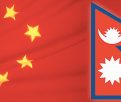 Commentaries
Impasse over BRI Projects in Nepal
Commentaries
Impasse over BRI Projects in Nepal
-
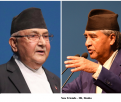 CommentariesNews
Yet another Musical Chairs in Kathmandu
CommentariesNews
Yet another Musical Chairs in Kathmandu
-
 CommentariesTop Story
Spurt in Anti-India Activities in Canada
CommentariesTop Story
Spurt in Anti-India Activities in Canada
-
 NewsTop Story
Nepal: Political Stability Under Threat Again
NewsTop Story
Nepal: Political Stability Under Threat Again
-
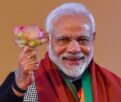 NewsTop Story
Accountability Tryst With 2024 Ballot….
NewsTop Story
Accountability Tryst With 2024 Ballot….
-
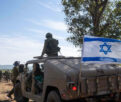 NewsTop Story
What Would “Total Victory” Mean in Gaza?
NewsTop Story
What Would “Total Victory” Mean in Gaza?
-
 CommentariesTop Story
The Occupation of Territory in War
CommentariesTop Story
The Occupation of Territory in War
-
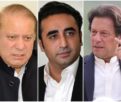 CommentariesTop Story
Pakistan: Infighting in ruling elite intensifies following shock election result
CommentariesTop Story
Pakistan: Infighting in ruling elite intensifies following shock election result
-
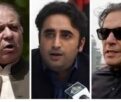 CommentariesTop Story
Proforma Polls in Pakistan Today
CommentariesTop Story
Proforma Polls in Pakistan Today
-
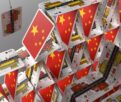 CommentariesTop Story
Global South Dithering Away from BRI
CommentariesTop Story
Global South Dithering Away from BRI
-
AdSense code


